DuMOR Classic Diet Corn-Free Pet Rabbit Food, 20 lb.
DuMOR Classic Diet Corn-Free Pet Rabbit Food provides essential nutrition that pet rabbits need. The formula is completely corn-free to help with digestion, and it is fortified with vitamins and minerals. Your rabbit will love the tasty flavor and texture of this food, and you’ll love knowing that your pet is getting the premium nutrition he/she deserves. The big 20 lb. bag of rabbit food is perfect for anyone looking to stock up or who has multiple pet rabbits.
DuMOR Classic Diet Corn-Free Pet Rabbit Food provides essential nutrition that pet rabbits need. The formula is completely corn-free to help with digestion, and it is fortified with vitamins and minerals. Your rabbit will love the tasty flavor and texture of this food, and you’ll love knowing that your pet is getting the premium nutrition he/she deserves. The big 20 lb. bag of rabbit food is perfect for anyone looking to stock up or who has multiple pet rabbits.
- Balanced blend of ingredients specially prepared to provide a nutritious diet for pet rabbits
- Corn-free formula rabbit food designed to help with digestion
- Fortified with vitamins and minerals to support overall health
- Resealable bag helps keep the rabbit food
- Made in USA
- Includes 20 lb. of rabbit food
- Satisfaction guaranteed
- Note: Don’t forget the hay – fiber is vital to the normal function of the digestive system in rabbits; it is recommended that fresh grass hay, such as Timothy hay, be offered free choice
Additional information
| Country of Origin | Made in USA |
|---|---|
| Life Stage | Adult |
| Packaged Height | 22 in. |
| Packaged Length | 3 in. |
| Packaged Weight | 20 lb. |
| Packaged Width | 16.5 in. |
| Package Weight | 20 lb. |
| Packaging Type | Bag |
| Special Diets | Nutrient Enriched |
| Manufacturer Part Number | 1000885 |



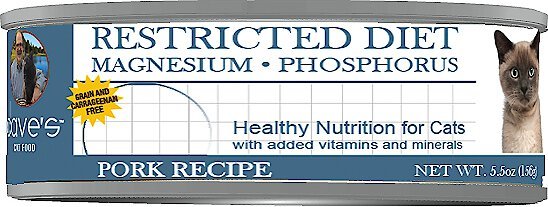
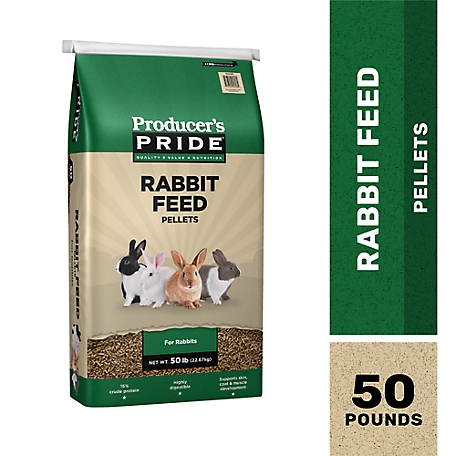
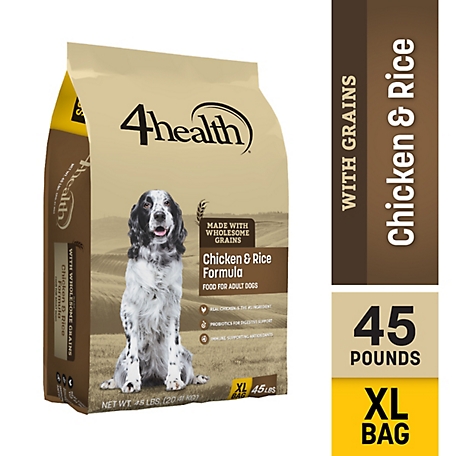

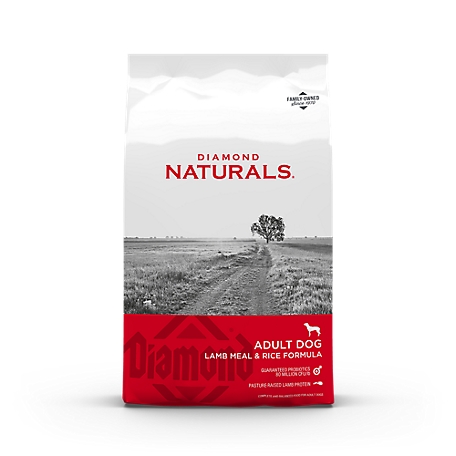

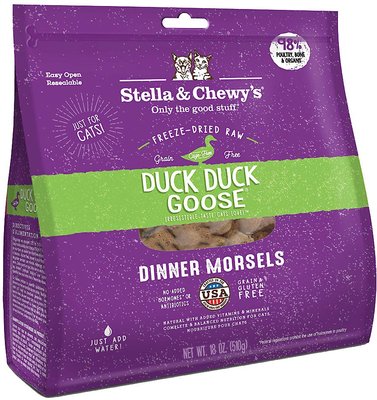
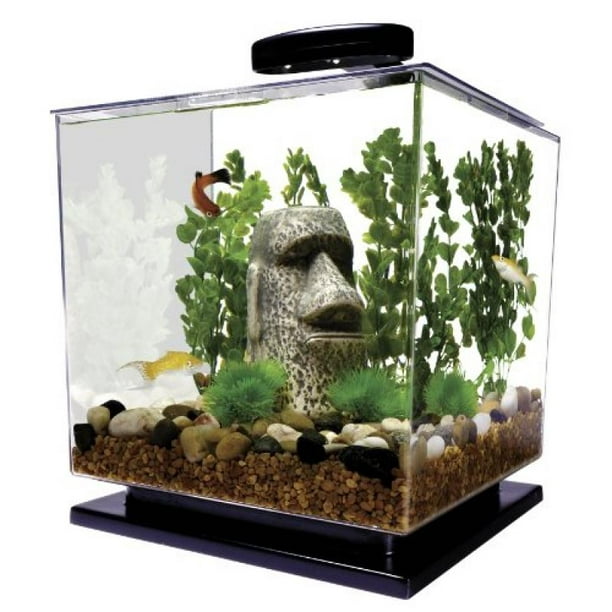

by Angela
I have been using this one for almost a year not and my bun buns love it! Haven’t had any issues
by Sella
Basic food for my bunny.
by Chick
They love this feed.
by Jason
Price could be a little lower but that’s part for most things these days!